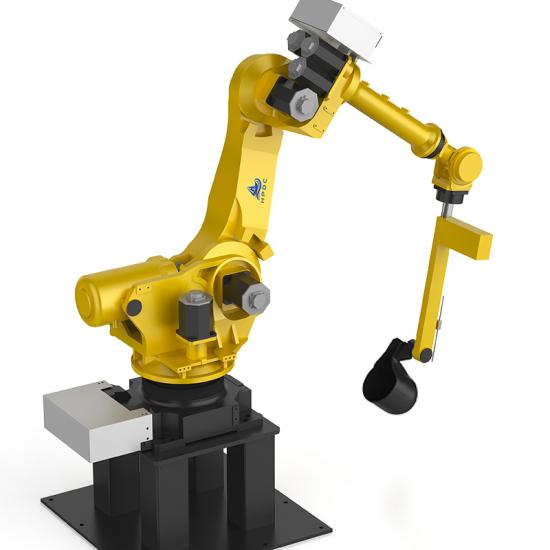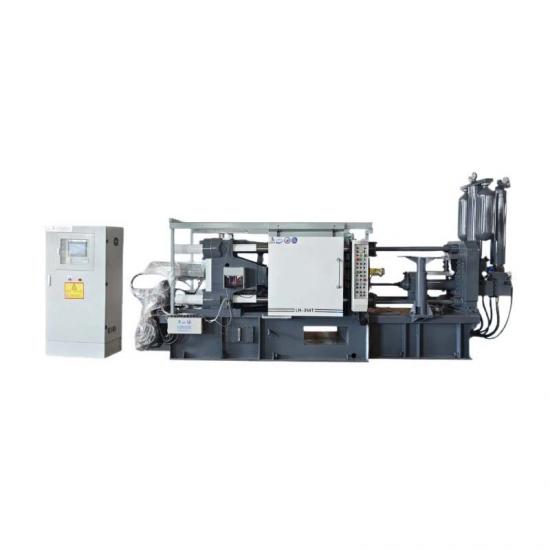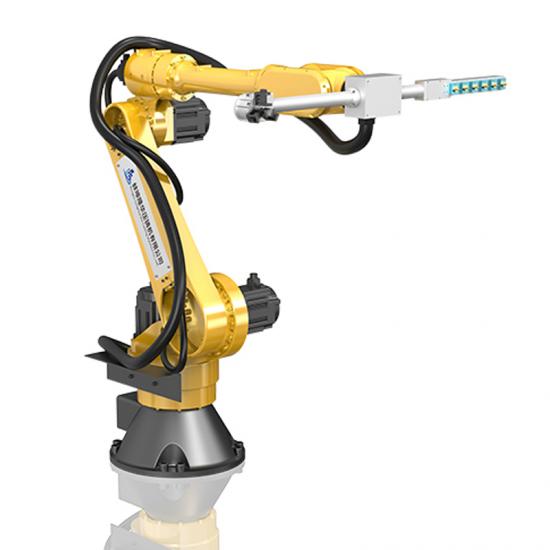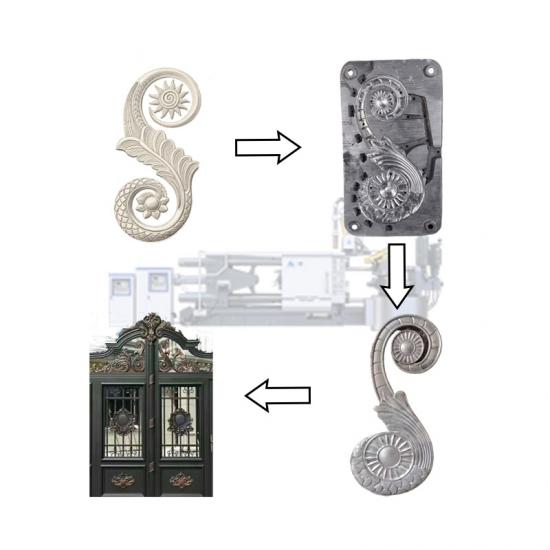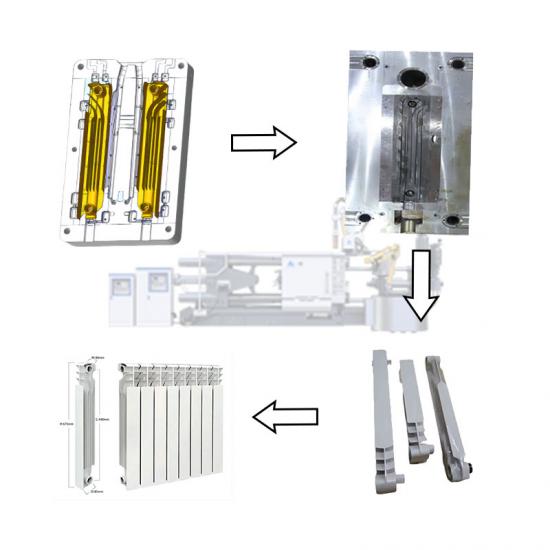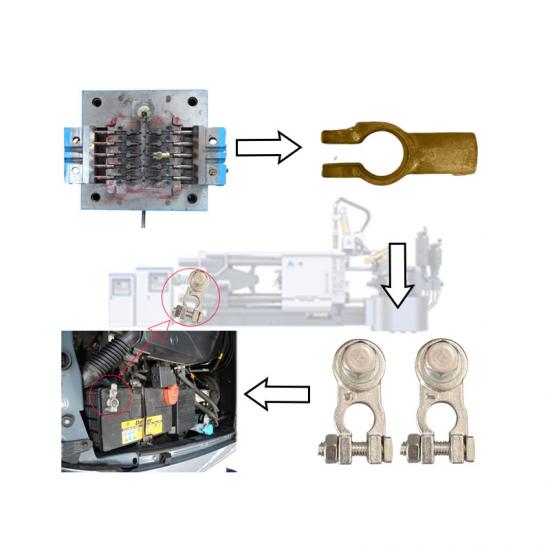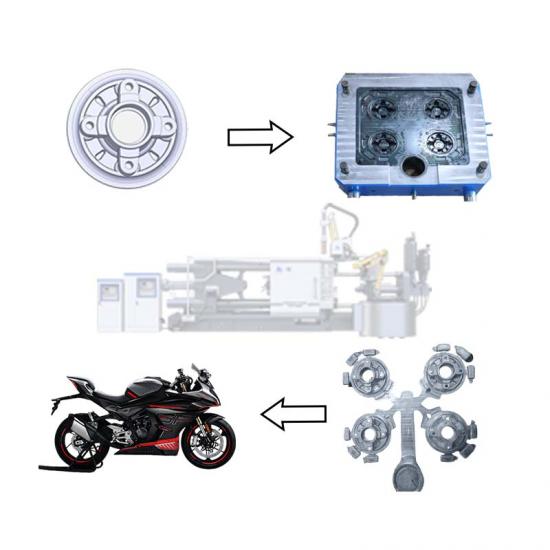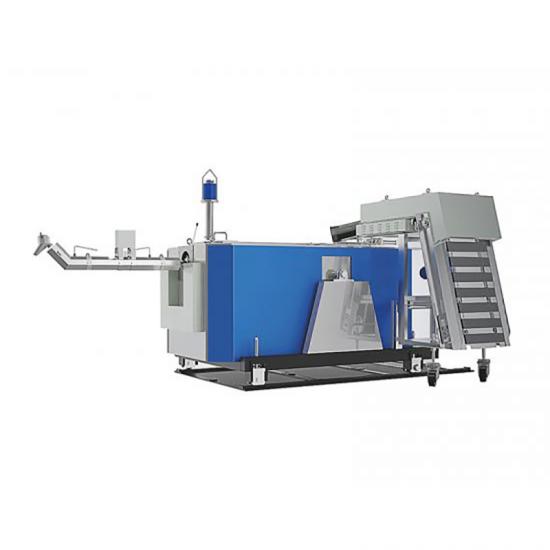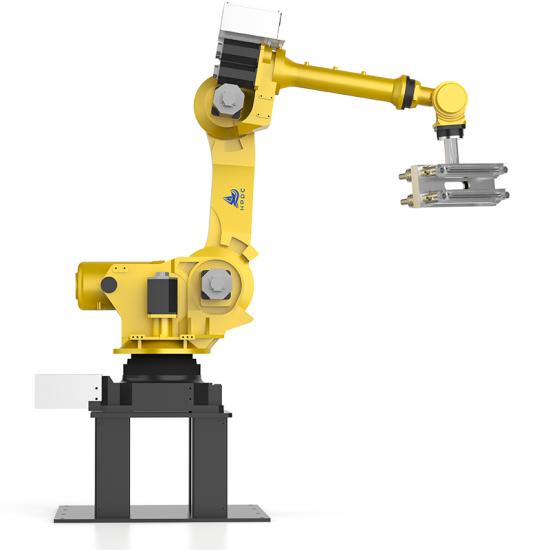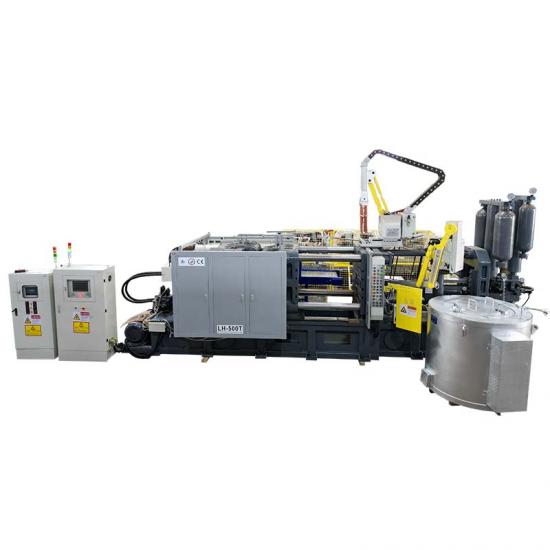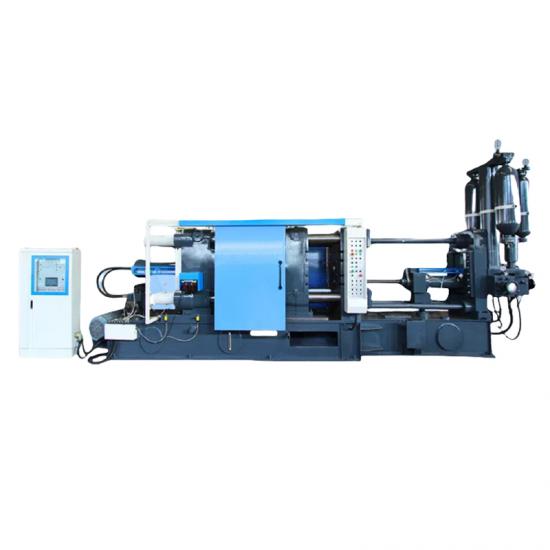Reciprocating piston compressor, rotary compressor (turbine, water ring, turbine) compressor, axial compressor, jet compressor and screw compressor, among which reciprocating piston compressor is the most widely used.
How are piston compressors classified ?
There are many classification methods and different names for piston compressor. There are usually the following classification methods:
1.According to the cylinder position (cylinder centerline) of the compressor, it can be divided into:(1) Horizontal compressor, all cylinders are horizontal (the center line of the cylinder is horizontal).
(2) Vertical compressor cylinders are arranged vertically (vertical compressor).
(3) For angular compressor, the cylinder is arranged in different angles such as L-type, V-type, W-type and star type.
2. According to the number of compressor cylinder sections (stages), it can be divided into:
(1) Single stage compressor (single stage): the gas is compressed once in the cylinder.
(2) Double stage compressor (two stages): the gas is compressed twice in the cylinder.
(3) Multistage compressor (multistage): the gas is compressed many times in the cylinder.
3.According to the arrangement method of cylinders, they can be divided into:
(1) Tandem compressor: multi-stage compressor with several cylinders arranged on the same shaft in turn, also known as single row compressor.
(2) Parallel compressor: multi-stage compressor with several cylinders arranged in parallel on several shafts, also known as double row compressor or multi row compressor.
(3) Compound compressor: a multi-stage compressor composed of series and parallel.
(4) Symmetrical balanced compressor: the cylinders are arranged horizontally on both sides of the crankshaft whose journals are 180 degrees from each other, arranged in H-shape, and their inertial force can be basically balanced. (large compressors are developing in this direction).
4.According to the compression action of the piston, it can be divided into:
(1) Single acting compressor: gas is compressed only on one side of the piston, also known as single acting compressor.
(2) Double acting compressor: gas can be compressed on both sides of the piston, also known as compound or multi action compressor.
(3) Multi cylinder single acting compressor: it uses one side of the piston for compression, while the compressor with multiple cylinders.
(4) Multi cylinder double acting compressor: the two sides of the piston are used for compression, while the compressor with multiple cylinders.
5. According to the final discharge pressure of the compressor, it can be divided into:
(1) Low pressure compressor: the end discharge pressure is 3 ~ 10 gauge pressure.
(2) Medium pressure compressor: the final discharge pressure is 10 ~ 100 gauge pressure.
(3) High pressure compressor: the final discharge pressure is 100 ~ 1000 gauge pressure.
(4) Ultra high pressure compressor: the end discharge pressure is above 1000 gauge pressure.
6.According to the discharge capacity of the compressor, it can be divided into:
(1) Micro compressor: the gas transmission is less than 1m 3 / min.
(2) Small compressor: the gas transmission is less than 1 ~ 10m 3 / min.
(3) Medium compressor: the gas transmission capacity is 10 m3 / min ~ 100 m3 / min.
(4) Large compressor: the gas transmission capacity is 100 m3 / min.
7.According to the speed of the compressor, it can be divided into:
(1) Low speed compressor: below 200 rpm.
(2) Number of transfer Compressors: 200 ~ 450 RPM / 50 min.
(3) High speed compressor: 450 ~ 1000 rpm.
8.According to the type of transmission, it can be divided into:
(1) Electric compressor: Powered by motor;
(2) Pneumatic compressor: Powered by steam engine;
(3) Compressor powered by internal combustion engine;
(4) A compressor powered by a steam turbine.
9. According to the cooling mode, it can be divided into:
(1) Water cooled compressor: use the circulating flow of cooling water to guide the heat in the compression process.
(2) Air cooled compressor: use its own wind force to guide the heat in the compression process through the heat sink.
10. According to the transmission method of power machine and compressor, it can be divided into:
(1) The rigid body coupling of the device directly drives the compressor or close engagement compressor.
(2) Device flexible coupling direct drive compressor.
(3) Reduction gear driven compressor.
(4) Belt (flat belt or V-belt) drives the compressor.
(5) Free piston compressor without crankshaft connecting rod mechanism.












